Sleeping Bags

- - 26 %
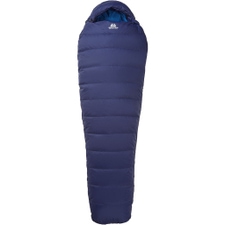 Mountain EquipmentOlympus 450 - Regular Down Sleeping Bag Medieval BlueMSRP 269,90 €199,95 €Available Sizes:L
Mountain EquipmentOlympus 450 - Regular Down Sleeping Bag Medieval BlueMSRP 269,90 €199,95 €Available Sizes:L
- - 12 %
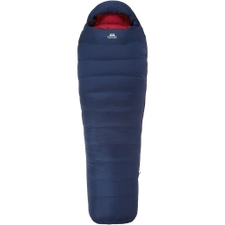 Mountain EquipmentHelium 800 W - Regular Down Sleeping Bag Medieval Blue WomenMSRP 479,90 €419,95 €Available Sizes:L
Mountain EquipmentHelium 800 W - Regular Down Sleeping Bag Medieval Blue WomenMSRP 479,90 €419,95 €Available Sizes:L
- - 14 %
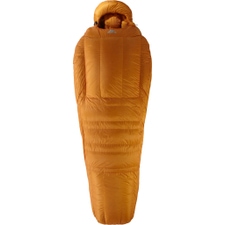 Mountain EquipmentIceline - Long Down Sleeping Bag MarmeladeMSRP 1199,90 €1029,95 €Available Sizes:L
Mountain EquipmentIceline - Long Down Sleeping Bag MarmeladeMSRP 1199,90 €1029,95 €Available Sizes:L
- - 12 %
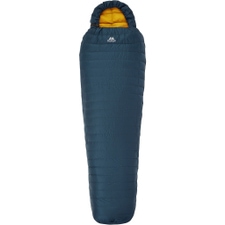 Mountain EquipmentHelium Solo - Long Down Sleeping Bag Majolica BlueMSRP 239,90 €209,95 €Available Sizes:L
Mountain EquipmentHelium Solo - Long Down Sleeping Bag Majolica BlueMSRP 239,90 €209,95 €Available Sizes:L
- - 10 %
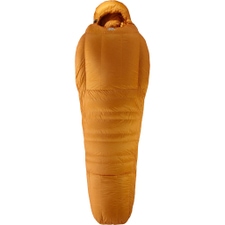 Mountain EquipmentRedline - Regular Down Sleeping Bag MarmaladeMSRP 1299,90 €1169,95 €Available Sizes:L
Mountain EquipmentRedline - Regular Down Sleeping Bag MarmaladeMSRP 1299,90 €1169,95 €Available Sizes:L
- - 12 %
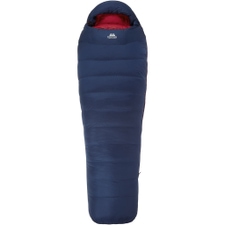 Mountain EquipmentHelium 800 W - Long Down Sleeping Bag Medieval Blue WomenMSRP 499,90 €439,95 €Available Sizes:L
Mountain EquipmentHelium 800 W - Long Down Sleeping Bag Medieval Blue WomenMSRP 499,90 €439,95 €Available Sizes:L
- - 38 %
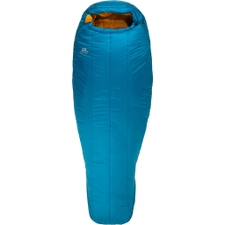 Mountain EquipmentNova IV - Regular Synthetics Sleeping Bag Ink / Pumkin Spice WomenMSRP 259,90 €159,95 €Available Sizes:LR
Mountain EquipmentNova IV - Regular Synthetics Sleeping Bag Ink / Pumkin Spice WomenMSRP 259,90 €159,95 €Available Sizes:LR - - 19 %
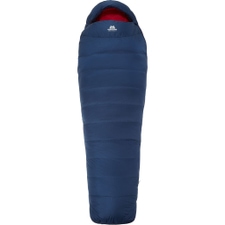 Mountain EquipmentHelium 250 - Long Down Sleeping Bag Medieval Blue WomenMSRP 319,90 €259,95 €Available Sizes:L
Mountain EquipmentHelium 250 - Long Down Sleeping Bag Medieval Blue WomenMSRP 319,90 €259,95 €Available Sizes:L
- - 9 %
 Mountain EquipmentClassic Eco 750 - Regular Down Sleeping Bag DuskMSRP 439,90 €399,95 €Available Sizes:R
Mountain EquipmentClassic Eco 750 - Regular Down Sleeping Bag DuskMSRP 439,90 €399,95 €Available Sizes:R
- - 10 %
 Mountain EquipmentSnowline - Long Down Sleeping Bag MarmaladeMSRP 1099,90 €989,95 €Available Sizes:L
Mountain EquipmentSnowline - Long Down Sleeping Bag MarmaladeMSRP 1099,90 €989,95 €Available Sizes:L
- - 14 %
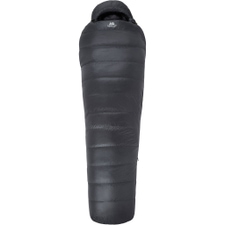 Mountain EquipmentFirelite - Long Down Sleeping Bag Ombre BlueMSRP 729,90 €629,95 €Available Sizes:L
Mountain EquipmentFirelite - Long Down Sleeping Bag Ombre BlueMSRP 729,90 €629,95 €Available Sizes:L
- - 10 %
 Mountain EquipmentSnowline - Regular Down Sleeping Bag MarmaladeMSRP 1049,90 €949,95 €Available Sizes:L
Mountain EquipmentSnowline - Regular Down Sleeping Bag MarmaladeMSRP 1049,90 €949,95 €Available Sizes:L
- - 14 %
 Mountain EquipmentFirelite - Regular Down Sleeping Bag Ombre BlueMSRP 699,90 €599,95 €Available Sizes:L
Mountain EquipmentFirelite - Regular Down Sleeping Bag Ombre BlueMSRP 699,90 €599,95 €Available Sizes:L
- - 12 %
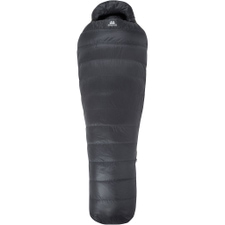 Mountain EquipmentFirefly - Regular Down Sleeping Bag Ombre BlueMSRP 569,90 €499,95 €Available Sizes:L
Mountain EquipmentFirefly - Regular Down Sleeping Bag Ombre BlueMSRP 569,90 €499,95 €Available Sizes:L
- - 13 %
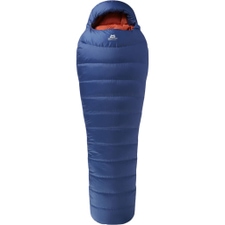 Mountain EquipmentClassic Eco 750 - Long Down Sleeping Bag DuskMSRP 459,90 €399,95 €Available Sizes:L
Mountain EquipmentClassic Eco 750 - Long Down Sleeping Bag DuskMSRP 459,90 €399,95 €Available Sizes:L
- - 20 %
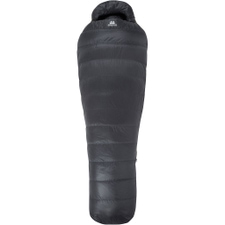 Mountain EquipmentFirefly - Long Down Sleeping Bag Ombre BlueMSRP 599,90 €479,95 €Available Sizes:L
Mountain EquipmentFirefly - Long Down Sleeping Bag Ombre BlueMSRP 599,90 €479,95 €Available Sizes:L
- - 10 %
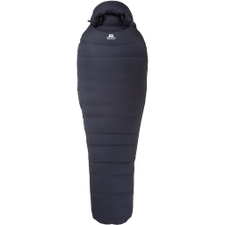 Mountain EquipmentGlacier Expedition - Regular Down Sleeping Bag ObsidianMSRP 699,90 €629,95 €Available Sizes:L
Mountain EquipmentGlacier Expedition - Regular Down Sleeping Bag ObsidianMSRP 699,90 €629,95 €Available Sizes:L
- - 44 %
 SalewaLima Ultralight SB Synthetics sleeping bag Darkblue / NavyMSRP 79,95 €44,95 €Available Sizes:L
SalewaLima Ultralight SB Synthetics sleeping bag Darkblue / NavyMSRP 79,95 €44,95 €Available Sizes:L - new
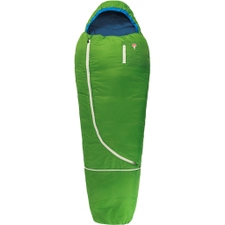 Grüezi BagBiopod Wolle Kids World Traveller Wool Sleeping Bag Holly Green Kids119,95 €One size
Grüezi BagBiopod Wolle Kids World Traveller Wool Sleeping Bag Holly Green Kids119,95 €One size
- new
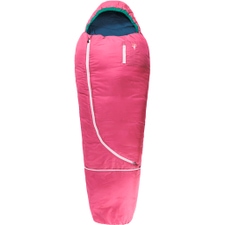 Grüezi BagBiopod Wolle Kids World Traveller Wool Sleeping Bag Claret Red Kids119,95 €One size
Grüezi BagBiopod Wolle Kids World Traveller Wool Sleeping Bag Claret Red Kids119,95 €One size
- - 11 %new
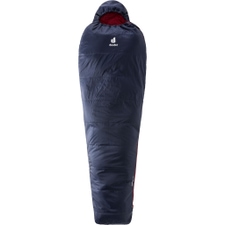 DeuterDreamlite Synthetics sleeping bag Navy / CranberryMSRP 94,95 €84,95 €Available Sizes:L
DeuterDreamlite Synthetics sleeping bag Navy / CranberryMSRP 94,95 €84,95 €Available Sizes:L
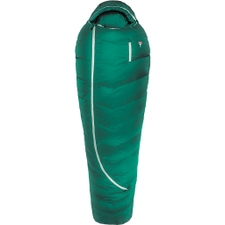 Grüezi BagBiopod DownWool Subzero 185 Down Sleeping Bag Petrol369,95 €One size
Grüezi BagBiopod DownWool Subzero 185 Down Sleeping Bag Petrol369,95 €One size
- - 10 %new
 DeuterDreamlite L Synthetics sleeping bag Navy / Cranberry MenMSRP 99,95 €89,95 €Available Sizes:L
DeuterDreamlite L Synthetics sleeping bag Navy / Cranberry MenMSRP 99,95 €89,95 €Available Sizes:L
 Grüezi BagBiopod DownWool Extreme Light 175 Down Sleeping Bag Türkis249,95 €One size
Grüezi BagBiopod DownWool Extreme Light 175 Down Sleeping Bag Türkis249,95 €One size
- - 30 %
 SalewaMicro II 800 Synthetics sleeping bag Blue DanubeMSRP 99,95 €69,95 €Available Sizes:RL
SalewaMicro II 800 Synthetics sleeping bag Blue DanubeMSRP 99,95 €69,95 €Available Sizes:RL
- - 9 %new
 Mountain EquipmentTransalp - Regular Down Sleeping Bag Medieval / Lapis BlueMSRP 169,90 €154,95 €Available Sizes:L
Mountain EquipmentTransalp - Regular Down Sleeping Bag Medieval / Lapis BlueMSRP 169,90 €154,95 €Available Sizes:L
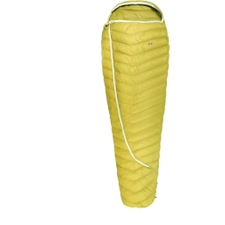 Grüezi BagBiopod DownWool Extreme Light 185 Down Sleeping Bag Gelb259,95 €One size
Grüezi BagBiopod DownWool Extreme Light 185 Down Sleeping Bag Gelb259,95 €One size
 Grüezi BagBiopod DownWool Subzero 175 Down Sleeping Bag Autumn Blue349,95 €Available Sizes:17,5
Grüezi BagBiopod DownWool Subzero 175 Down Sleeping Bag Autumn Blue349,95 €Available Sizes:17,5
- new
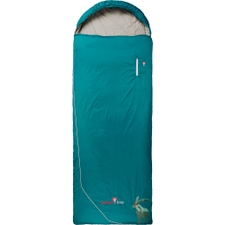 Grüezi BagBiopod Wolle Goas Comfort Wool Sleeping Bag Dark Petrol249,95 €Available Sizes:LR
Grüezi BagBiopod Wolle Goas Comfort Wool Sleeping Bag Dark Petrol249,95 €Available Sizes:LR
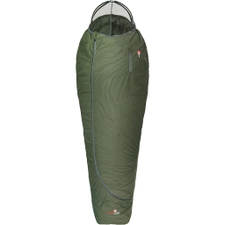 Grüezi BagBiopod Wolle Survival Synthetics Sleeping Bag Greenery329,95 €One size
Grüezi BagBiopod Wolle Survival Synthetics Sleeping Bag Greenery329,95 €One size
- - 10 %new
 Mountain EquipmentHelium 600 - Regular Down Sleeping Bag Majolica BlueMSRP 419,90 €379,95 €Available Sizes:LR
Mountain EquipmentHelium 600 - Regular Down Sleeping Bag Majolica BlueMSRP 419,90 €379,95 €Available Sizes:LR
- - 13 %new
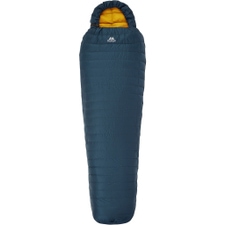 Mountain EquipmentHelium Solo - Regular Down Sleeping Bag Majolica BlueMSRP 229,90 €199,95 €Available Sizes:LR
Mountain EquipmentHelium Solo - Regular Down Sleeping Bag Majolica BlueMSRP 229,90 €199,95 €Available Sizes:LR
- - 10 %
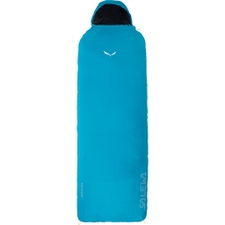 SalewaMicro II 850 Quattro Synthetics sleeping bag Blue DanubeMSRP 99,95 €89,95 €Available Sizes:RL
SalewaMicro II 850 Quattro Synthetics sleeping bag Blue DanubeMSRP 99,95 €89,95 €Available Sizes:RL
- - 9 %new
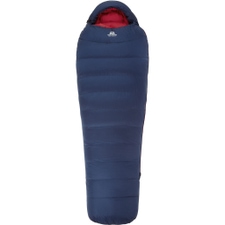 Mountain EquipmentHelium 400 W - Regular Down Sleeping Bag Medieval Blue WomenMSRP 369,90 €334,95 €Available Sizes:LR
Mountain EquipmentHelium 400 W - Regular Down Sleeping Bag Medieval Blue WomenMSRP 369,90 €334,95 €Available Sizes:LR
- - 9 %new
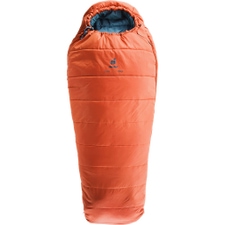 DeuterStarlight Pro Synthetics Sleeping Bag Paprika / Slateblue KidsMSRP 109,95 €99,95 €Available Sizes:L
DeuterStarlight Pro Synthetics Sleeping Bag Paprika / Slateblue KidsMSRP 109,95 €99,95 €Available Sizes:L
- - 9 %new
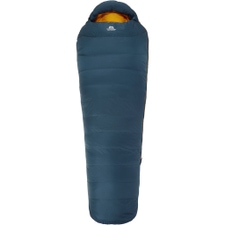 Mountain EquipmentHelium 400 - Regular Down Sleeping Bag Majolica BlueMSRP 369,90 €334,95 €Available Sizes:LR
Mountain EquipmentHelium 400 - Regular Down Sleeping Bag Majolica BlueMSRP 369,90 €334,95 €Available Sizes:LR
- - 10 %new
 Therm-A-RestPolar Ranger -30°C (Regular) Down Sleeping Bag FlameMSRP 869,95 €779,95 €Available Sizes:REG
Therm-A-RestPolar Ranger -30°C (Regular) Down Sleeping Bag FlameMSRP 869,95 €779,95 €Available Sizes:REG - new
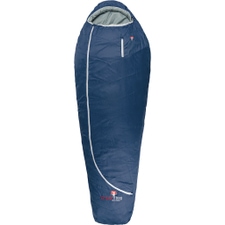 Grüezi BagBiopod Wolle Zero Wool Sleeping Bag Night Blue239,95 €One size
Grüezi BagBiopod Wolle Zero Wool Sleeping Bag Night Blue239,95 €One size
- - 37 %
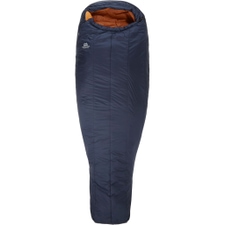 Mountain EquipmentNova III - Regular Synthetics sleeping bag Cosmos / BlazeMSRP 239,90 €149,95 €Available Sizes:LR
Mountain EquipmentNova III - Regular Synthetics sleeping bag Cosmos / BlazeMSRP 239,90 €149,95 €Available Sizes:LR - - 10 %new
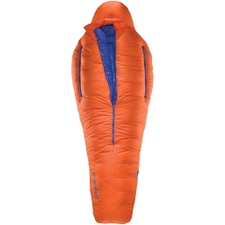 Therm-A-RestPolar Ranger -30°C (Long) Down Sleeping Bag FlameMSRP 909,95 €819,95 €Available Sizes:L
Therm-A-RestPolar Ranger -30°C (Long) Down Sleeping Bag FlameMSRP 909,95 €819,95 €Available Sizes:L - - 31 %new
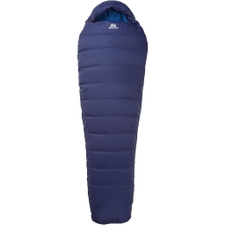 Mountain EquipmentOlympus 450 Long Down Sleeping Bag Medieval BlueMSRP 289,90 €199,95 €Available Sizes:L
Mountain EquipmentOlympus 450 Long Down Sleeping Bag Medieval BlueMSRP 289,90 €199,95 €Available Sizes:L
- - 19 %new
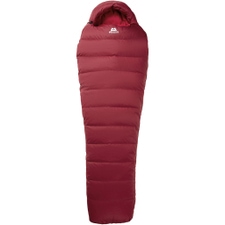 Mountain EquipmentOlympus 450 W - Regular Down Sleeping Bag Rhubarb WomenMSRP 269,90 €219,95 €Available Sizes:LR
Mountain EquipmentOlympus 450 W - Regular Down Sleeping Bag Rhubarb WomenMSRP 269,90 €219,95 €Available Sizes:LR
- new
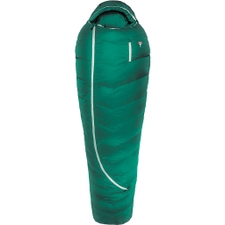 Grüezi BagBiopod DownWool Subzero 200 Down Sleeping Bag Pine Green389,95 €One size
Grüezi BagBiopod DownWool Subzero 200 Down Sleeping Bag Pine Green389,95 €One size
- - 10 %new
 Mountain EquipmentHelium GT 400 - Regular Down Sleeping Bag Anvil GreyMSRP 399,90 €359,95 €Available Sizes:L
Mountain EquipmentHelium GT 400 - Regular Down Sleeping Bag Anvil GreyMSRP 399,90 €359,95 €Available Sizes:L
- - 10 %new
 Mountain EquipmentHelium 600 W - Regular Down Sleeping Bag Medieval Blue WomenMSRP 419,90 €379,95 €Available Sizes:LR
Mountain EquipmentHelium 600 W - Regular Down Sleeping Bag Medieval Blue WomenMSRP 419,90 €379,95 €Available Sizes:LR
- - 10 %new
 Mountain EquipmentHelium 250 - Regular Down Sleeping Bag Majolica Blue MenMSRP 299,90 €269,95 €Available Sizes:RL
Mountain EquipmentHelium 250 - Regular Down Sleeping Bag Majolica Blue MenMSRP 299,90 €269,95 €Available Sizes:RL
- - 11 %new
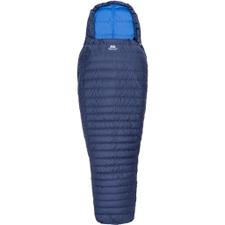 Mountain EquipmentTransalp - Long Down Sleeping Bag Medieval / Lapis BlueMSRP 179,90 €159,95 €Available Sizes:L
Mountain EquipmentTransalp - Long Down Sleeping Bag Medieval / Lapis BlueMSRP 179,90 €159,95 €Available Sizes:L
- new
 Grüezi BagBiopod DownWool Nature Comfort Down Sleeping Bag Basil Green449,95 €One size
Grüezi BagBiopod DownWool Nature Comfort Down Sleeping Bag Basil Green449,95 €One size
- new
 Grüezi BagBiopod DownWool Subzero Comfort L Down Sleeping Bag Autumn Blue389,95 €One size
Grüezi BagBiopod DownWool Subzero Comfort L Down Sleeping Bag Autumn Blue389,95 €One size
- - 10 %new
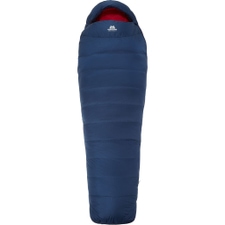 Mountain EquipmentHelium 250 W - Regular Down Sleeping Bag Medieval Blue WomenMSRP 299,90 €269,95 €Available Sizes:RL
Mountain EquipmentHelium 250 W - Regular Down Sleeping Bag Medieval Blue WomenMSRP 299,90 €269,95 €Available Sizes:RL
- - 9 %new
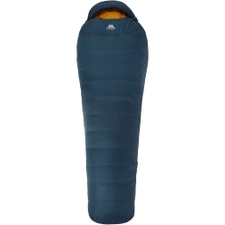 Mountain EquipmentHelium 250 - Long Down Sleeping Bag Majolica Blue MenMSRP 319,90 €289,95 €Available Sizes:L
Mountain EquipmentHelium 250 - Long Down Sleeping Bag Majolica Blue MenMSRP 319,90 €289,95 €Available Sizes:L
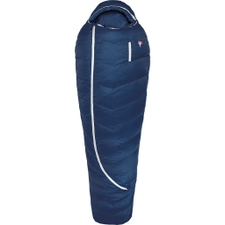 Grüezi BagBiopod Downwool Ice 185 Down Sleeping Bag Night Blue429,95 €One size
Grüezi BagBiopod Downwool Ice 185 Down Sleeping Bag Night Blue429,95 €One size
- new
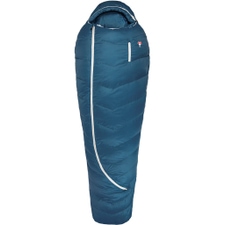 Grüezi BagBiopod DownWool Ice 175 Down Sleeping Bag Ice Blue399,95 €One size
Grüezi BagBiopod DownWool Ice 175 Down Sleeping Bag Ice Blue399,95 €One size
- - 10 %new
 Mountain EquipmentHelium 400 - Long Down Sleeping Bag Majolica BlueMSRP 389,90 €349,95 €Available Sizes:L
Mountain EquipmentHelium 400 - Long Down Sleeping Bag Majolica BlueMSRP 389,90 €349,95 €Available Sizes:L
- - 10 %new
 DeuterStarlight Synthetics sleeping bag Reef / Slateblue KidsMSRP 99,95 €89,95 €Available Sizes:L
DeuterStarlight Synthetics sleeping bag Reef / Slateblue KidsMSRP 99,95 €89,95 €Available Sizes:L
- - 10 %
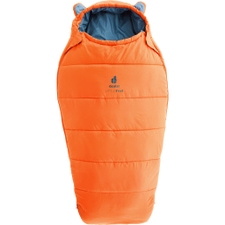 DeuterLittle Star Synthetics sleeping bag Saffron / Slateblue KidsMSRP 99,95 €89,95 €Available Sizes:L
DeuterLittle Star Synthetics sleeping bag Saffron / Slateblue KidsMSRP 99,95 €89,95 €Available Sizes:L
- - 11 %new
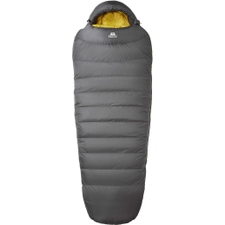 Mountain EquipmentHelium GT 600 - Regular Down Sleeping Bag Anvil GreyMSRP 449,90 €399,95 €Available Sizes:L
Mountain EquipmentHelium GT 600 - Regular Down Sleeping Bag Anvil GreyMSRP 449,90 €399,95 €Available Sizes:L
- new
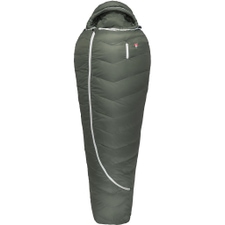 Grüezi BagBiopod DownWool Summer 185 Down Sleeping Bag Deep Forest319,95 €One size
Grüezi BagBiopod DownWool Summer 185 Down Sleeping Bag Deep Forest319,95 €One size
- - 10 %new
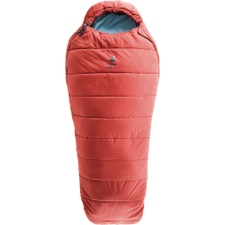 DeuterStarlight Synthetics sleeping bag Currant / Slateblue KidsMSRP 99,95 €89,95 €Available Sizes:L
DeuterStarlight Synthetics sleeping bag Currant / Slateblue KidsMSRP 99,95 €89,95 €Available Sizes:L
- - 11 %new
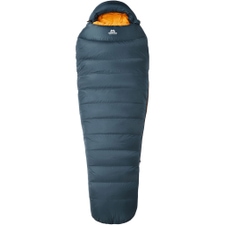 Mountain EquipmentHelium 600 - Long Down Sleeping Bag Majolica BlueMSRP 439,90 €389,95 €Available Sizes:L
Mountain EquipmentHelium 600 - Long Down Sleeping Bag Majolica BlueMSRP 439,90 €389,95 €Available Sizes:L
- - 13 %new
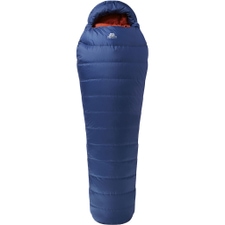 Mountain EquipmentClassic Eco 300 Regular Down Sleeping Bag DuskMSRP 299,90 €259,95 €Available Sizes:LR
Mountain EquipmentClassic Eco 300 Regular Down Sleeping Bag DuskMSRP 299,90 €259,95 €Available Sizes:LR
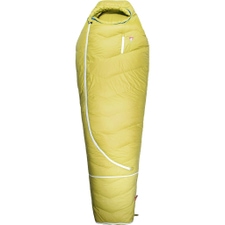 Grüezi BagBiopod DownWool Kids Teen Down Sleeping Bag Citron Kids279,95 €Available Sizes:17,0
Grüezi BagBiopod DownWool Kids Teen Down Sleeping Bag Citron Kids279,95 €Available Sizes:17,0
- - 8 %new
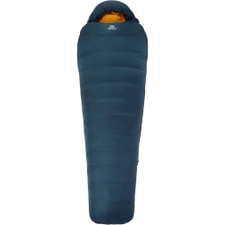 Mountain EquipmentHelium 800 - Regular Down Sleeping Bag Majolica BlueMSRP 479,90 €439,95 €Available Sizes:LR
Mountain EquipmentHelium 800 - Regular Down Sleeping Bag Majolica BlueMSRP 479,90 €439,95 €Available Sizes:LR
- - 11 %new
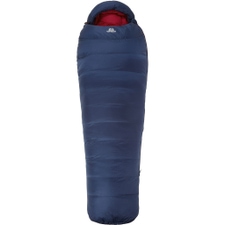 Mountain EquipmentHelium 600 W - Long Down Sleeping Bag Medieval Blue WomenMSRP 439,90 €389,95 €Available Sizes:L
Mountain EquipmentHelium 600 W - Long Down Sleeping Bag Medieval Blue WomenMSRP 439,90 €389,95 €Available Sizes:L
- - 33 %new
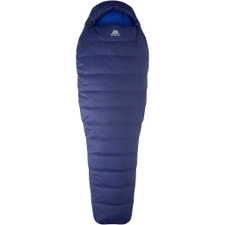 Mountain EquipmentOlympus 300 Regular Down Sleeping Bag Medieval BlueMSRP 239,90 €159,95 €Available Sizes:L
Mountain EquipmentOlympus 300 Regular Down Sleeping Bag Medieval BlueMSRP 239,90 €159,95 €Available Sizes:L
- - 17 %new
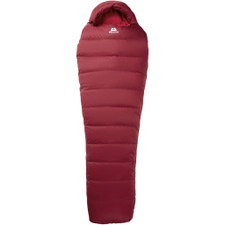 Mountain EquipmentOlympus 450 W - Long Down Sleeping Bag Rhubarb WomenMSRP 289,90 €239,95 €Available Sizes:L
Mountain EquipmentOlympus 450 W - Long Down Sleeping Bag Rhubarb WomenMSRP 289,90 €239,95 €Available Sizes:L
- - 17 %new
 DeuterOvernite Synthetics Sleeping Bag Jade / Deepsea KidsMSRP 119,95 €99,95 €Available Sizes:L
DeuterOvernite Synthetics Sleeping Bag Jade / Deepsea KidsMSRP 119,95 €99,95 €Available Sizes:L
- - 11 %new
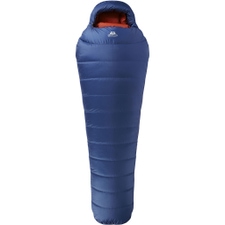 Mountain EquipmentClassic Eco 500 Regular Down Sleeping Bag DuskMSRP 359,90 €319,95 €Available Sizes:LR
Mountain EquipmentClassic Eco 500 Regular Down Sleeping Bag DuskMSRP 359,90 €319,95 €Available Sizes:LR
- - 22 %
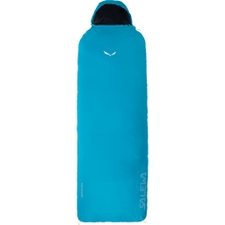 SalewaMicro II 650 Quattro Powerloft Synthetics sleeping bag Blue DanubeMSRP 89,95 €69,95 €Available Sizes:RL
SalewaMicro II 650 Quattro Powerloft Synthetics sleeping bag Blue DanubeMSRP 89,95 €69,95 €Available Sizes:RL
- - 17 %new
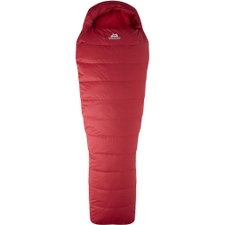 Mountain EquipmentOlympus 300 W - Regular Down Sleeping Bag Rhubarb WomenMSRP 239,90 €199,95 €Available Sizes:RL
Mountain EquipmentOlympus 300 W - Regular Down Sleeping Bag Rhubarb WomenMSRP 239,90 €199,95 €Available Sizes:RL
- - 12 %new
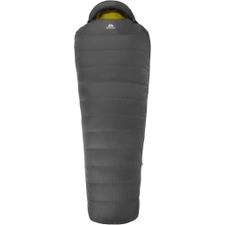 Mountain EquipmentHelium GT 250 - Regular Down Sleeping Bag Anvil GreyMSRP 339,90 €299,95 €Available Sizes:L
Mountain EquipmentHelium GT 250 - Regular Down Sleeping Bag Anvil GreyMSRP 339,90 €299,95 €Available Sizes:L
- - 10 %new
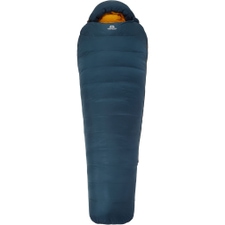 Mountain EquipmentHelium 800 - Long Down Sleeping Bag Majolica BlueMSRP 499,90 €449,95 €Available Sizes:L
Mountain EquipmentHelium 800 - Long Down Sleeping Bag Majolica BlueMSRP 499,90 €449,95 €Available Sizes:L

Outdoor sleeping bags at Sport Conrad
Outdoor sleeping bags - an absolute essential for anyone who enjoys travelling in the great outdoors and appreciates the special experience of spending a night in the open air. Although a sleeping bag doesn't look particularly complex from the outside, there are a few things you should consider when buying one in order to find the right model for your desired purpose. With so many different types of sleeping bags, sizes and temperature ranges to choose from, deciding on the right model is not an easy task.
In the following sections, we provide important information about outdoor sleeping bags and what you should look out for when buying one so that you are well equipped for a good night of sleep on your next adventure.


Down vs. synthetic fibre
A fundamental decision when buying a sleeping bag is which fabric is best suited to the desired purpose. Basically, there are two fabrics to choose from: Down and synthetic fibre. There are also sleeping bags made of cotton or silk, but as these are primarily suitable for huts or indoor use, they are not considered in this text.
Each fabric has its strengths and weaknesses. Down, for example, offers excellent insulation while still being lightweight and compact, as it compresses well. The disadvantage of a down sleeping bag, however, is that the down can clump together when it gets wet and therefore no longer keeps you as warm as when it is dry. However, there are insulated down sleeping bags nowadays that are designed to prevent the down from getting wet. Another advantage of choosing a sleeping bag made from down is its longer lifespan compared to synthetic fibres. However, this also comes at a price and down sleeping bags are usually more expensive than synthetic fibre sleeping bags.
The advantage of synthetic fibre is, that moisture and humidity are not as big of a problem compared to down, but synthetic fibre sleeping bags generally have a larger pack size and are heavier. Depending on the intended use, this can be a limiting factor.
The different shapes
In addition to the mummy sleeping bag, the most popular shapes are the egg-shaped sleeping bag and the rectangular sleeping bag. When you think of a sleeping bag, you most likely have the classic mummy sleeping bag in mind, as this is also the most widely used shape. This is also the most suitable shape for outdoor use, as it requires the least amount of air to be heated and therefore warms faster and better than other shapes. Rectangular sleeping bags are particularly suitable for camping in summer, but are not very easy to transport due to their large pack size and heavy weight. The egg-shaped sleeping bag is particularly suitable if you are planning a trip into the great outdoors in warm temperatures and don't exactly know what the weather will be like. Thanks to its shape, it offers the ideal conditions for warm, cold, wet and dry areas and changeable temperatures that cannot always be planned in advance.

Temperature range
Every sleeping bag covers a certain temperature range. To determine this, each model is tested in a standardized test to make the temperature values comparable. This test determines the comfort temperature, the limit temperature and the extreme temperature. The comfort temperature indicates the temperature up to which the average European woman just about stays warm, while the limit temperature is the reference value for the average European man. The extreme temperature reflects the temperature at which you can just about survive one night. It is therefore advisable to use the first two values as a guide. It is also important to take your own sensitivity to cold into account. If you tend to freeze more quickly, the sleeping bag for slightly colder temperatures is the better choice in case of doubt.
Finding the right size
Choosing the right size is essential. If the sleeping bag is too small, your feet will press against the insulating shell and you will lose heat. If the sleeping bag is too big or too wide, there is more space that you first have to warm and then keep warm. This means that the sleeping bag is not as warm as it should be. If you are right on the edge of a size, for example if you are 1.70 meters tall and the sleeping bag is designed for a size up to 1.70 meters, it is important to consider which position you sleep in most often. As a back or stomach sleeper, your toes tilt forwards and you tend to be slightly taller during sleep. However, if you are a side sleeper, you tend to curl up during sleep and are therefore slightly smaller. So, if you're right on the borderline, it's important to consider your preferred sleeping position to find the right size.

Areas of use
There are sleeping bags for a wide variety of uses, and we will list some of them here and explain their special features.
Trekking sleeping bags should be as light as possible and have a small pack size, as you will need to transport them every day on your hike. If you are travelling in alpine terrain, it is also advisable to choose a sleeping bag that covers a wide temperature range, as the weather in the mountains can change quickly and is sometimes unpredictable.
Three-season sleeping bags are best suited for use between spring and autumn. However, this assumes normal weather conditions and not too high an altitude. These models are insulated but not suitable for winter use.
Summer sleeping bags are, as the name suggests, suitable for summer and are therefore less insulated and relatively light.
Winter sleeping bags allow you to spend the night in the most adverse conditions and can even provide a restful night's sleep at temperatures as low as -40°C. To guarantee this, the demands on materials and quality are naturally extremely high, which leads to a higher price. They also tend to be heavy and have a lot of volume.
Bivy bags are windproof and often waterproof outer covers for sleeping bags that allow you to spend the night in the open air even in adverse conditions and are simply pulled over the sleeping bag. The bivy bag is a good alternative to a tent, especially on longer tours when you want to reduce your luggage to the bare essentials.
Hut sleeping bags have no insulation and are usually made of cotton. They are therefore not suitable for overnight stays in the open, but should really only be used if the destination of your trip is a hut.

Conclusion
Although there is a lot to consider when buying an outdoor sleeping bag, choosing the right model is not that difficult if you take a few important things into account and if you are clear about what you want to use the sleeping bag for. Choosing the right fabric and size is particularly important, but of course the temperature range is also crucial to ensure that you have a restful night in the outdoors and can start the next day full of energy.
The selection at Sport Conrad
Thanks to the comprehensive range of outdoor sleeping bags at Sport Conrad from top brands such as Deuter, Grüezi Bag, Mountain Equipment and Vaude, everyone can find the perfect sleeping bag for their next adventure in the great outdoors.